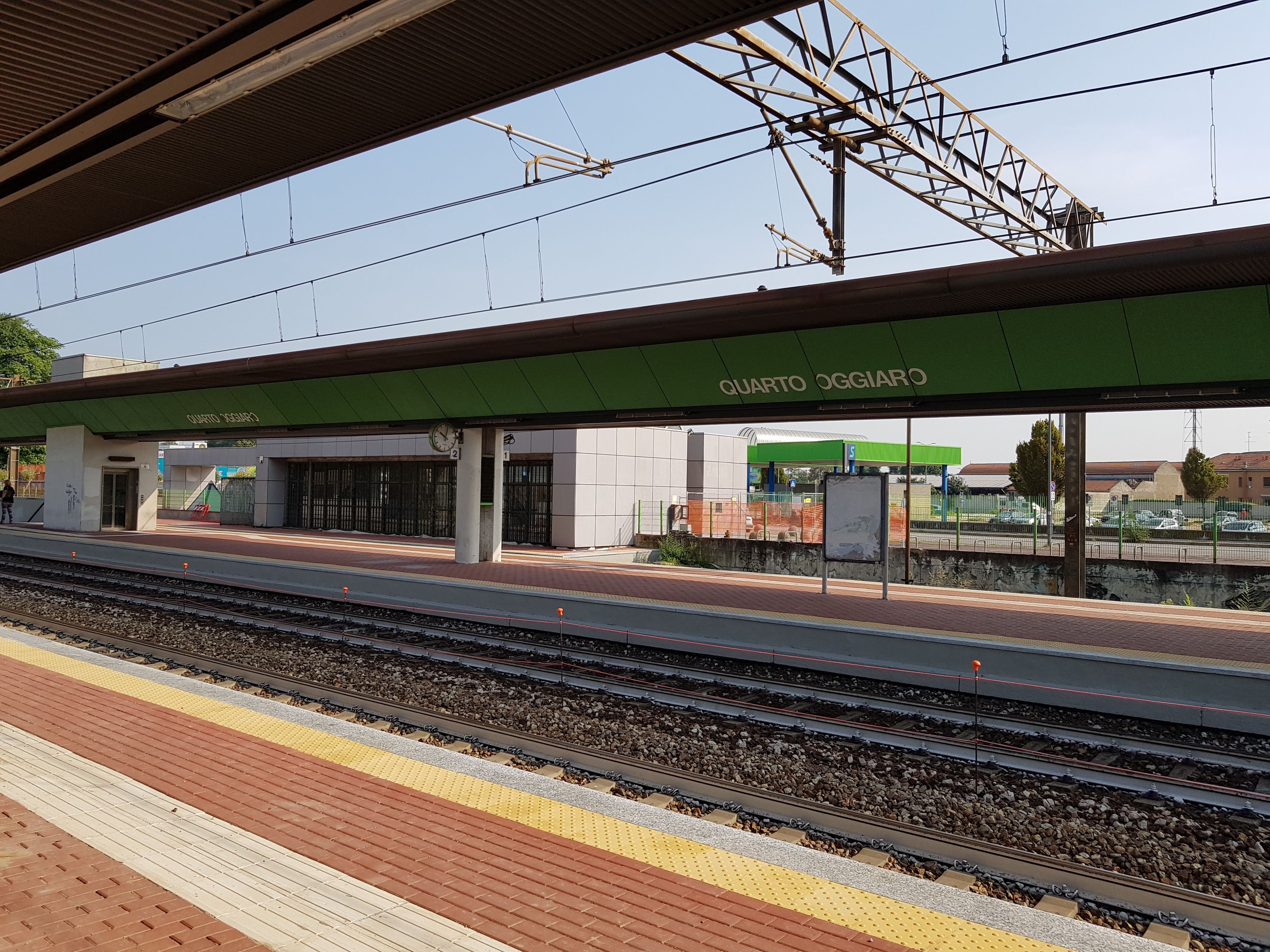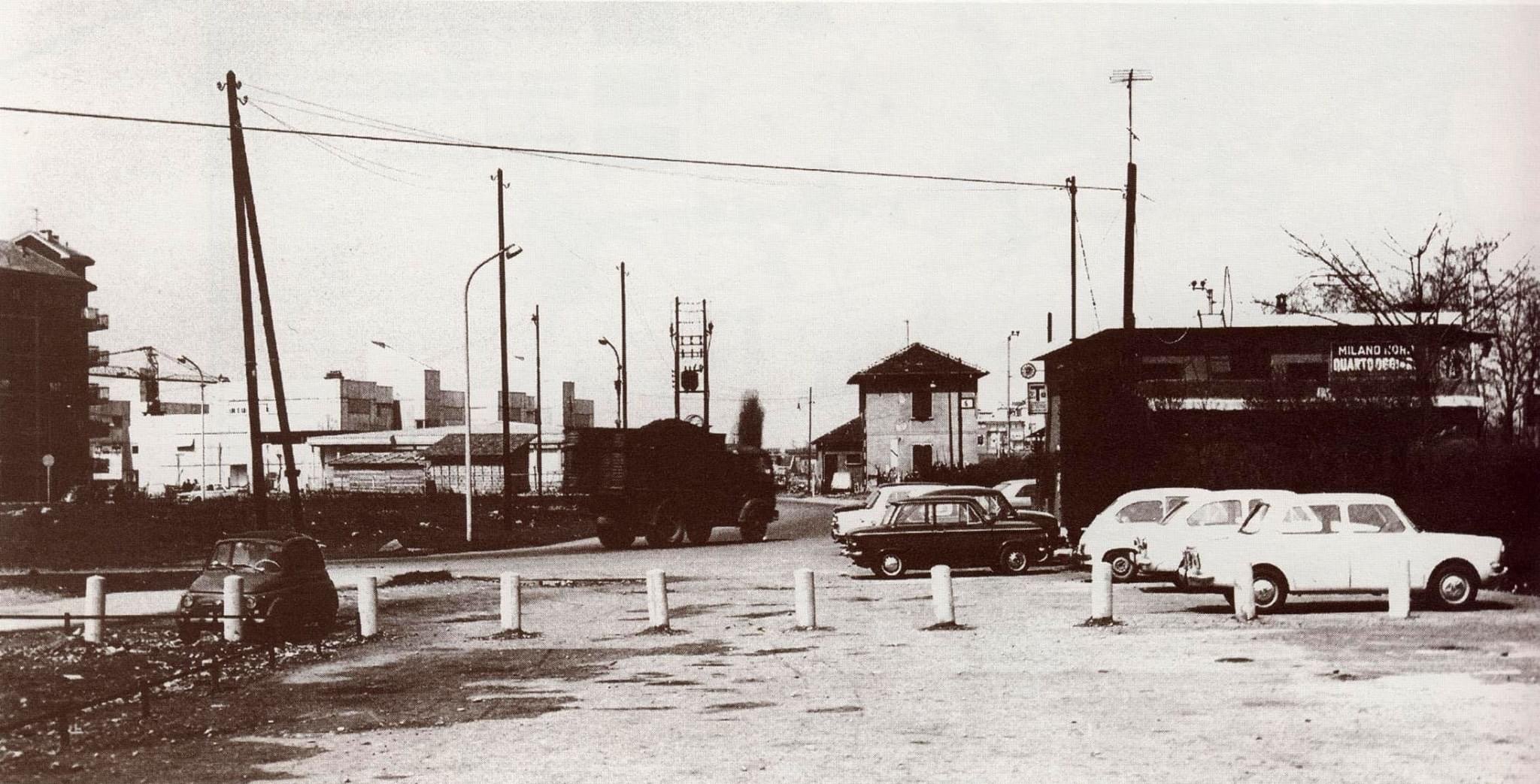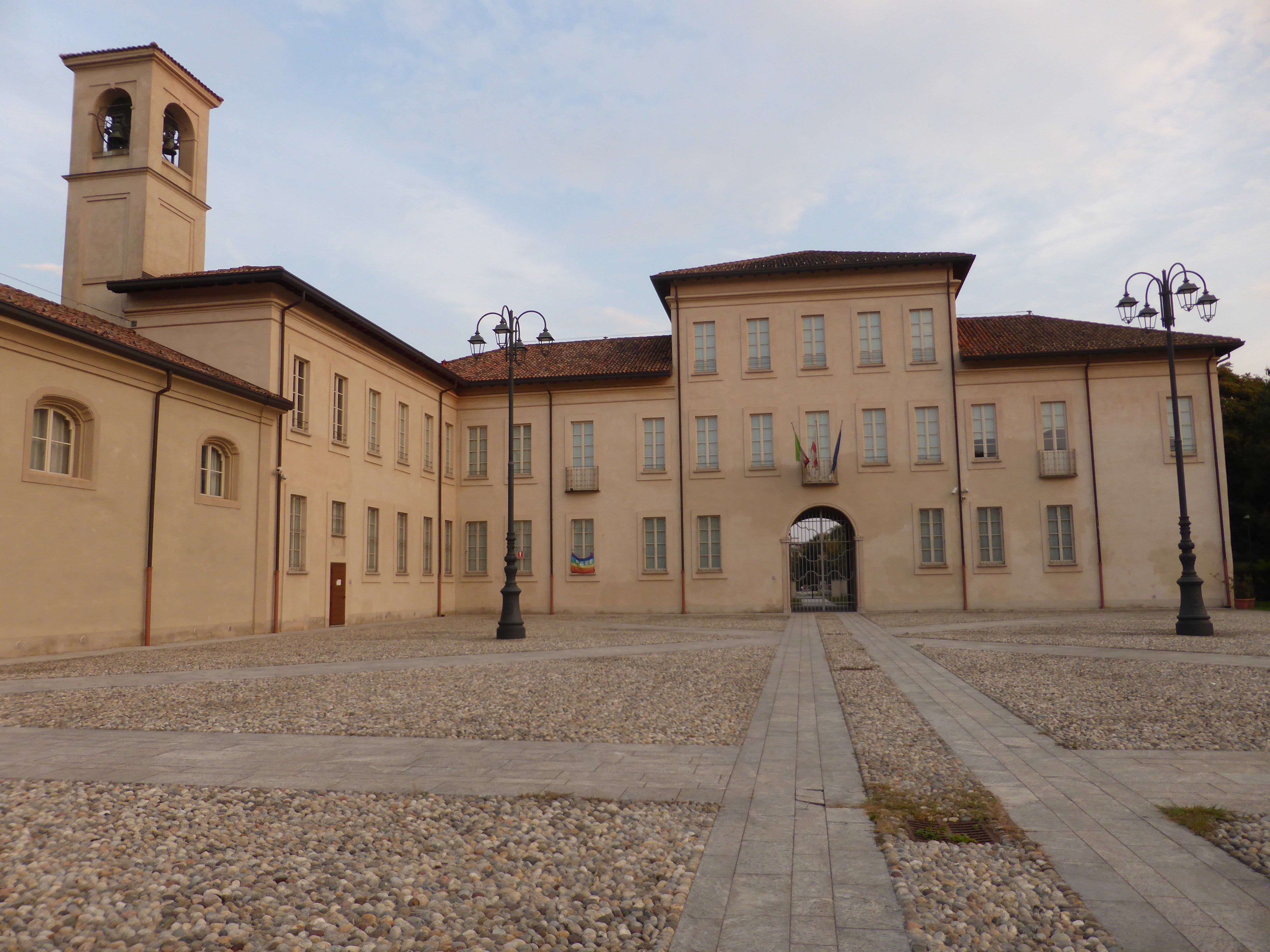Quarto Oggiaro




The municipality of Musocco, which once included Quarto Oggiaro as well as the adjacent town of Vialba, was independent until 1923, when it was incorporated into Milan. The late forties saw a huge wave of immigration from the south of Italy to the major industrial cities in the North by those in search of work. Undeveloped areas around Milan, such as Quarto Oggiaro, became the answer to the city’s massive population increase.
Quarto Oggiaro, as it is today, dates back to the fifties: the first social housing was built in 1954, and subsequent developments meant that the area rapidly became one of Milan’s largest housing estates. The district was enlarged with a series of housing projects, particularly in the sixties, becoming a large dormitory suburb. Quarto Oggiaro today is not what it once was.
Gallery

Quarto Oggiaro station in the sixties, with a toll booth in the background 
Quarto Oggiaro station in the sixties, with a toll booth in the background 
A scene from everyday life at Quarto Oggiaro station, 1973 
A scene from everyday life at Quarto Oggiaro station, 1973 
Parco di Villa Scheibler (900 m from the station): the history of the Villa Scheibler landscape park dates back to 1400, when Ludovico il Moro declared the area, densely wooded and criss-crossed by streams, his own personal hunting estate. It changed hands and function several times over the following centuries. In the 19th century, the villa, whose facade now featured an open columned portico, was bought by the Scheibler family, who turned it into a country residence surrounded by an impressive landscaped park, a romantic English garden with gentle hills and stunning views. Bought by the City of Milan in 1926. During the war it housed evacuees and part of the park became a municipal plant nursery. After the war, when houses began to be built in the surrounding area, only a small part of the original park was preserved. In 1979, Villa Scheibler became a public park, and in the 2000s, European urban funding enabled the gradual implementation of two developments: a partial conservative restoration of the Villa, for the purpose of association activities and public service, and work on the park itself. 
Villa Scheibler park (900 m from the station): the history of the Villa Scheibler landscape park dates back to 1400, when Ludovico il Moro declared the area, densely wooded and criss-crossed by streams, his own personal hunting estate. It changed hands and function several times over the following centuries. In the 19th century, the villa, whose facade now featured an open columned portico, was bought by the Scheibler family, who turned it into a country residence surrounded by an impressive landscaped park, a romantic English garden with gentle hills and stunning views. Bought by the City of Milan in 1926. During the war it housed evacuees and part of the park became a municipal plant nursery. After the war, when houses began to be built in the surrounding area, only a small part of the original park was preserved. In 1979, Villa Scheibler became a public park, and in the 2000s, European urban funding enabled the gradual implementation of two developments: a partial conservative restoration of the Villa, for the purpose of association activities and public service, and work on the park itself.